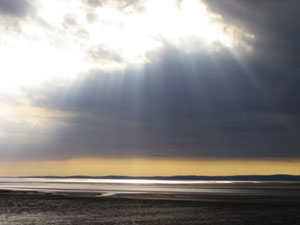Temple of Esna
Nicholas Michell
By Ombos' ancient quarries glides the wave,
There art once toiled, and rocks their treasure gave.
Edfou's vast pile that frowns, a form of fear,
Within whose courts their huts wild Arabs rear,
Proves, by its awful grandeur, Egypt's creed
Called genius forth, though prompting grovelling deed.
Still Ptolemy's fair temple, Esne shines,
The columns carved with flowers, and palms, and vines,
The portico so graceful, tall, and light,
The zodiac gleaming on the ceiling's height.
No priests are here, but see that female train,
Whose mournful voices sigh along the plain;
They sit in groups around the pillar's base,
Their black ayes dim, and sorrow in each face:
Some wake the pipe's soft breath, and others fling
Their slender hands across the cittern's string,
Or twine with henna-flowers their jetty curls —
Ah! sad they look, those banished Almeh girls.*
Sweet maids like them we find engraved on stone,
Who swept their lyres, and danc'd 'round Pharaoh's throne;
And now these children, ages wandered by,
The Moslem's scorn, in lonely exile sigh,
Their graceful dance abhorred, their music's spell
Deemed e'en the voice of Eblis breathed from hell.
Author's Notes:
Edfou: There are two temples at Edfou, founded by Ptolemy Philo- meter, 180 B.C. The towers of the propylon, or principal entrance of the larger building, are one hundred feet high, and covered with sculptures and hieroglyphics. The huts of the modern inhabitants are crowded around these beautiful ruins.
Esne: The Temple of Esne, the Latopolis of the Greeks, was also built by a Ptolemy; it is chiefly famous for its very elegant portico, and the zodiac, resembling that at Tentyra, on its ceiling.
